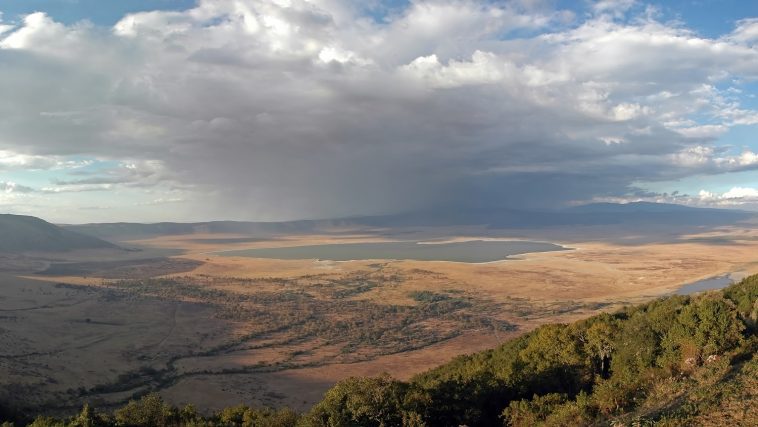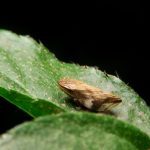[Originally published as Even more Laetoli prints — but different!]
Just five years ago, I was writing about a new set of tracks discovered at the famed Laetoli site in Tanzania. Now there’s even more news from Laetoli, and this time, it’s different. Old tracks discovered back in the 1970s and then neglected when the much more famous trackways were uncovered at a nearby site have now been subjected to scientific scrutiny. This re-discovery and new examination appeared in Nature in December, 2021 (and yay, it’s open access!).
The paper by McNutt and colleagues describes the original discovery and uncertainty about the prints. It was definitely a track of five prints at a place designated Site A, and it was definitely from a mammal walking upright on two legs. But the two best prints revealed a really wide foot that could have been from a bear. When attention shifted to the more famous tracks nearby at Site G, Site A was ignored.
McNutt and colleagues found the tracks following the original site descriptions from published reports, and they cleaned, photographed, and scanned the prints. Then they compared the prints to prints left by people, chimpanzees, and bears walking upright. The prints don’t really match bears, but they’re definitely not a perfect match to human prints either.
Compared to the tracks at Site G, the ones from Site A are relatively shorter and wider, and the toes seem more splayed. The weirdest part is that the creature that left these tracks cross-stepped. That is, as they walked they put each foot across the other to step forward. That’s not how anyone usually walks, except maybe runway models. So these tracks are very peculiar, and not like anything else we’ve seen in the fossil record.
Now we know that the creatures in this part of Africa were diverse. This is east Africa, where the remains of Australopithecus afarensis (Lucy), Au. anamensis, and Paranthropus are found. I suspect the dates for the Paranthropus fossils are too young to be considered for the maker of these tracks (even though they could easily have been around and not leaving fossils). Foot fossils of Au. afarensis don’t match these new tracks. Au. anamensis seems like the best candidate so far, at least among the creatures that we know about, but it could easily be something we haven’t discovered yet.
What I really want to know is whether it cross-stepped as a matter of habit or if this individual was just being weird.
Whatever the case, remember everyone that amazing discoveries might be just outside your door. Keep your eyes open to the wonders of God’s creation!





